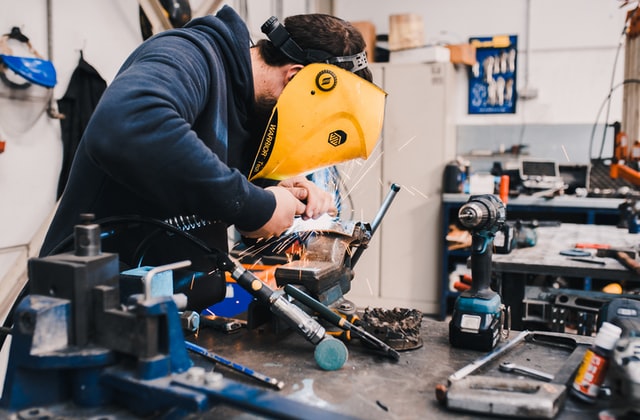
Tips for Creating the Right Prototype Tooling
After a long time of creating prototypes, you’ll start to get the hang of whether or not a tool will work for a specific design. That said, you don’t need this experience right away. There are several different things you can do to help pick out the right tooling. Here are some tips you can use to determine if something will work or not.
Learning Curve
The best thing about reading a prototyping guidebook is that you can get a wealth of knowledge. This fuels your learning curve and gives you experience that you can apply to future projects. You can go through your mind and find projects similar to the ones you are currently working on. That can make it easier for you to figure out if a design will work. Applying past knowledge is also a great way to understand more than whether a design will work or not.
Support for Teamwork
When you design tooling, you often collaborate with your team to ensure the finished product will do what it’s supposed to. To do this, you should consider using some collaboration software to comment on each others’ work. This makes it easier to identify potential issues and reply to certain situations.
Level of Fidelity
From the instant you realize that you need prototype tooling, you will start evolving this basic idea of what your finished product will be. That’s why there are different stages to the design process and tests that come with a unique level of fidelity.
For instance, at the very beginning o the design process, when you are figuring out how to make the design work, you don’t need to worry about specific details, like color. Instead, you want to see if your idea will do what it’s supposed to. This is known as going for the correct level of fidelity in your test.
Integration With Your Workflow
Lastly, you also want to think about the finished product’s design and how well it fits with the rest of your expertise. Prototyping is finicky since it involves researching and creating tooling from scratch to create a unique product. However, it is easier to meet tight deadlines if you can find tooling materials and designs that fit your workflow.
Designing tooling and finished products can seem intimidating. That’s probably a reason why some companies choose to avoid this completely and outsource. However, by following these tips, you can design tooling like a pro who has been doing it for decades.


















